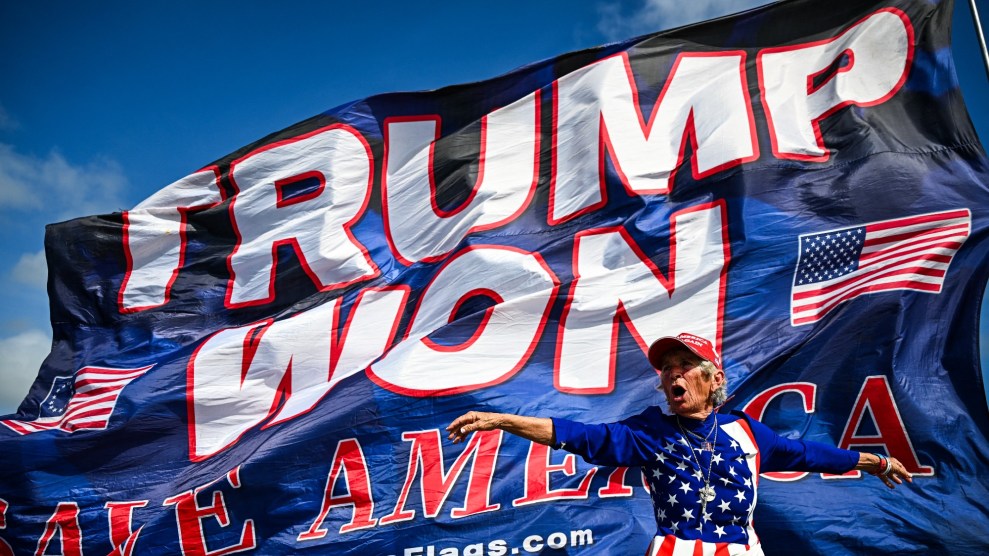Next time you take out that three-ply, 39-gallon, handle-tie trash sack made from expandomatic plastic developed by NASA, think about this: Frank Schiavo fits two weeks’ worth of garbage in half a paper lunch bag. Schiavo, an environmental studies teacher at San Jose State University, has spent 16 years trying to reach “zero garbage.” He takes his own containers and bags whenever he goes to the market, and when it comes to products with nonreusable packaging, Schiavo has added his own “r” to the reduce, reuse, recycle mantra: refuse. “If it cannot be recycled or composted, don’t buy it,” he says.
The rest of us could do with a pinch of Schiavo’s resolve. Every day the typical American produces 5.2 pounds of garbage. Product packaging is the number one component in the nation’s waste stream, weighing in at nearly 57 million tons per year. That’s 32 percent of all American trash. It’s not surprising, then, that environmentalists are fighting the wrapping racket. In 1991 they helped pressure McDonald’s to trade its foam clamshell hamburger containers for simple paper wraps a move that reduced burger bundling by 80 percent. Now topping their hit list are disposable and single-serving products such as Bisquick Shake ‘n Pour pancake mix, Hawaiian Punch “juice-in-a-box,” and Gillette Good News razors, according to the New York Public Interest Research Group.
Companies that choose to reduce packaging have found the benefits extend beyond Mother Nature to the bottom line. “Part is good citizenship, but it’s also economics,” says Thomas Bowman, Hershey Chocolate’s director of packaging. In 1994, Hershey thinned by 15 percent the piece of cardboard on which Reese’s Peanut Butter Cups rest, resulting in 300,000 pounds less trash and $175,000 in annual savings. Since 1993, Hershey has saved 9 million pounds of packaging through a variety of reductions and the use of recycled, postconsumer cardboard. (And Bowman, no doubt, has received many kisses from the bean counters.)
Another solution to the packaging problem is to buy from bulk bins. Bulk food sections now proliferate at grocery stores such as Whole Foods Market or Bread & Circus, where you can scoop beans, grains, dried fruits, tea, flours, pasta, peanut butter, and oils that are often cheaper and fresher than their wrapped counterparts. Lotions, shampoos, bath salts, and soap also are commonly sold by weight.
But if bulk foods aren’t your bag, you can still be pickier than Martha Stewart in a stencil shop. Buy products packaged in recyclables (your local recycling depot can tell you what’s acceptable). Choose large sizes and eschew products with excess layers. Buy reusable products such as cloth napkins and rechargeable batteries. And take your own mug to the coffee shop for that tall, nonfat mocha to go.
Of course, it’s impossible to avoid packaging altogether. Just peek inside Schiavo’s bag of trash: There’s a Band-Aid, a few windows from envelopes, plastic from the neck of a wine bottle, and a “schnookered-out” sponge.
Nobody’s perfect.















